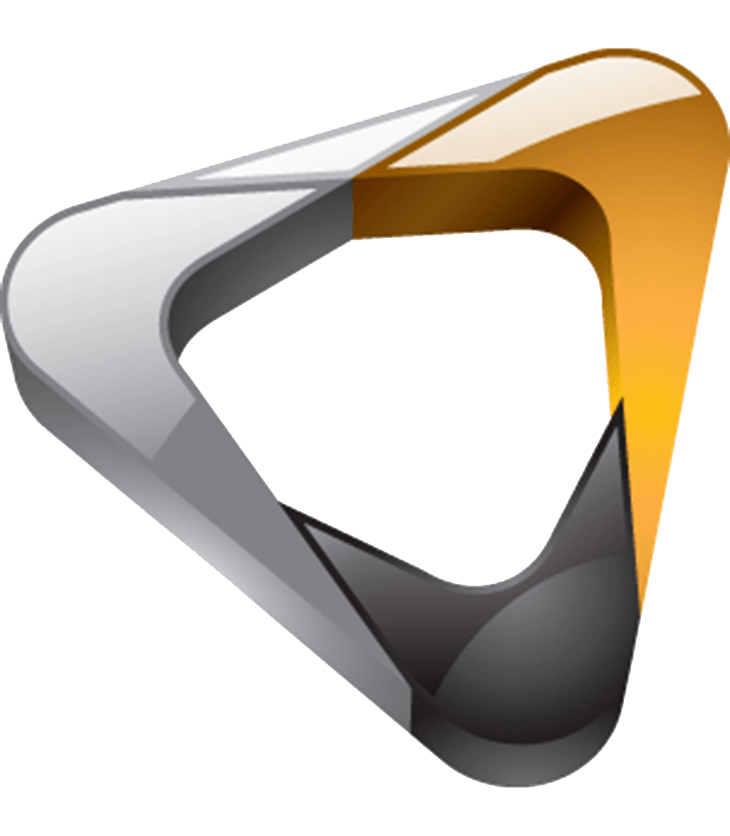Discovering the Past with Advanced Technology

When it comes to archeology, finding intact skeletal remains is rare, particularly at sites where battles or other attacks took place. Tiny bone fragments are much more common and must be carefully transferred off-site to be scanned by a micro CT scanner in a lab, and then reconstructed in 3D on a computer. That all may change thanks to the CS 3600 intraoral scanner.
When Martin Levin, D.M.D., a frequent Carestream Dental technology user, was first introduced to the CS 3600, it occurred to him that the scanner’s portability, fast scanning and lifelike HD 3D digital files could be used outside of dentistry. In addition to being a practicing endodontist, Levin works with the Smithsonian and Jamestown Rediscovery on The First Settler’s Project of Jamestown. Founded in 1607, Jamestown is mainland North America’s first successful English settlement. It was also the site of a 1607 battle between the early settlers and the Powhatan Indians that caused numerous casualties.
“This technology may provide an opportunity to image skeletal remains at archeological sites where small bone fragments are excavated,” Levin said.
To test the CS 3600’s ability to scan 400-year-old bone fragments, rather than dentition and gingiva, Levin and Michael Lavin, senior conservator at Jamestown Rediscovery, visited Carestream Dental’s Atlanta, Ga., headquarters. They brought with them bone fragments from the skull of one of Jamestown’s earliest English settlers. The bones were carefully scanned with the CS 3600; it was particularly important to capture the edges of each fragment for the next step of the project. The digital 3D models of the bones will be run through a computer program designed to piece the fragments back together to possibly form missing sections of the skull. This project is being headed by D. Joshua Cohen, M.D., and colleagues at the Department of Biomedical Engineering, School of Engineering, Virginia Commonwealth University, Richmond, Va.
In the future, the portable CS 3600 could allow for bone fragments to be scanned onsite at archeological digs, so there would be less chance of tiny remains being lost or damaged in transit to a lab. Additionally, using the handheld scanner in the field would be more convenient than using a large, delicate micro-CT scanner. Plus, because the scanner is part of an open system and creates .STL files, the scanned bones fragments could be viewed with any computer program designed to handle 3D files.
To this day, new archeological discoveries are revealing how the early settlers survived the first few years in Jamestown, and new technology, such as the CS 3600, is helping archeologists and historians put the pieces together. To learn more about how the dental, archeological and even engineering fields are converging, click here.
More information about the CS 3600 intraoral scanner can be found here.






